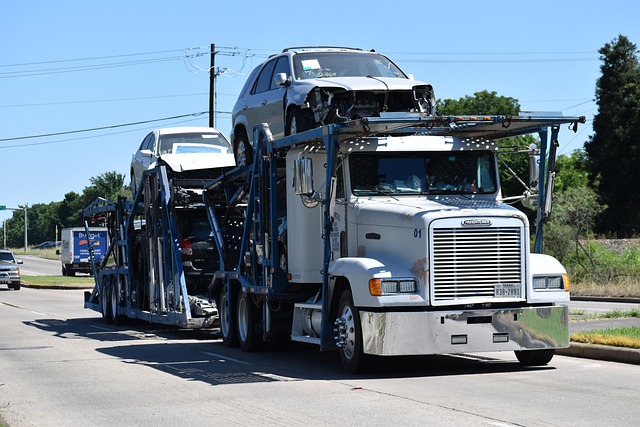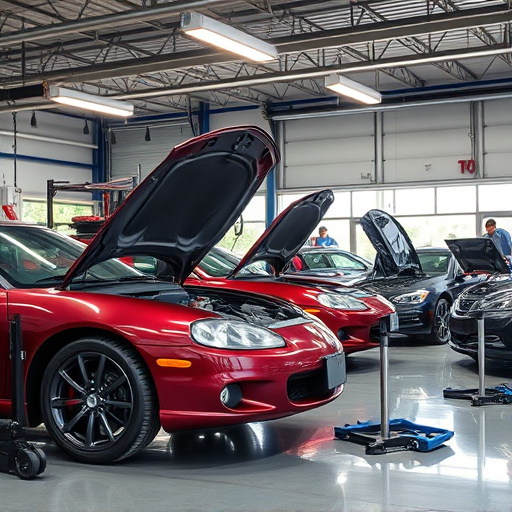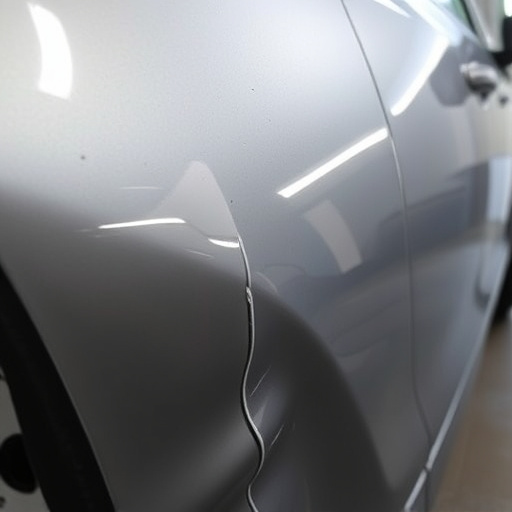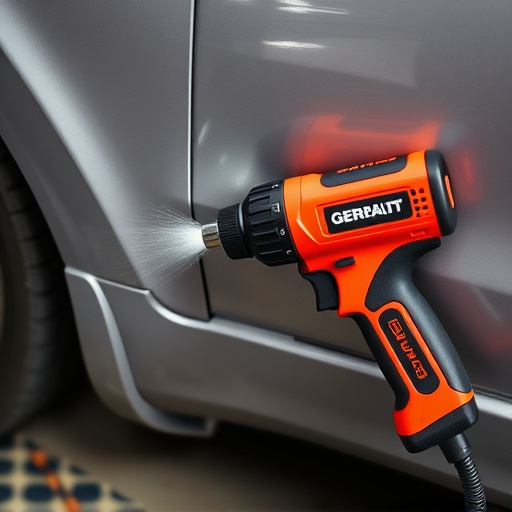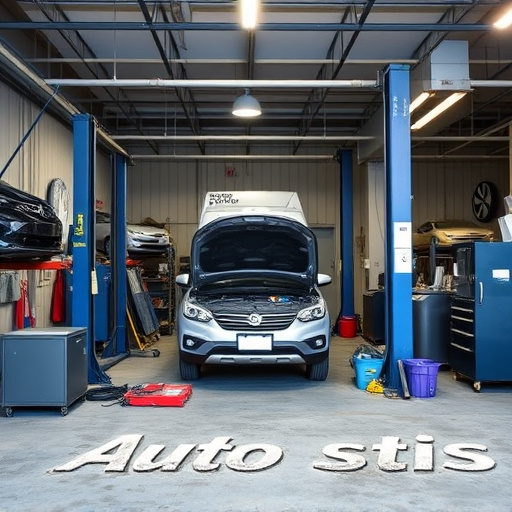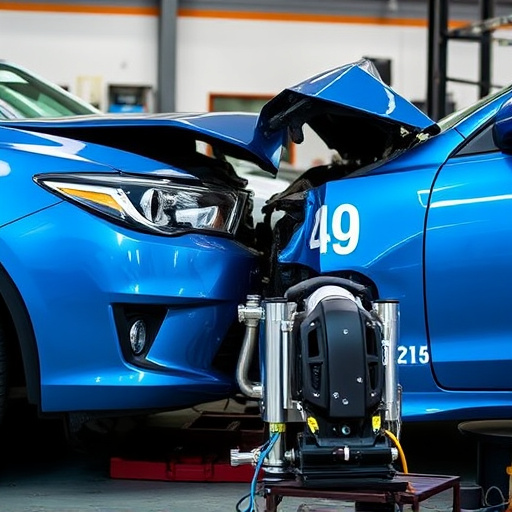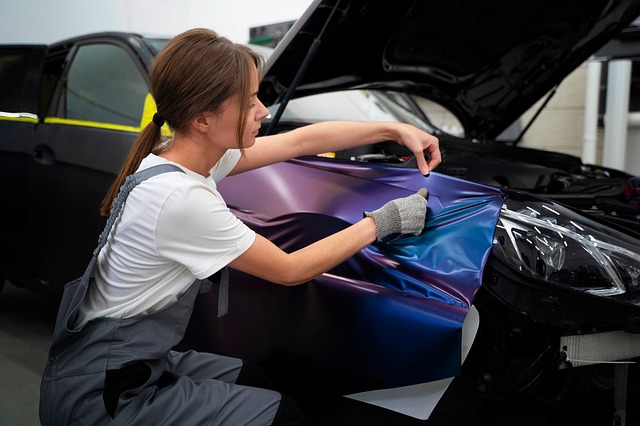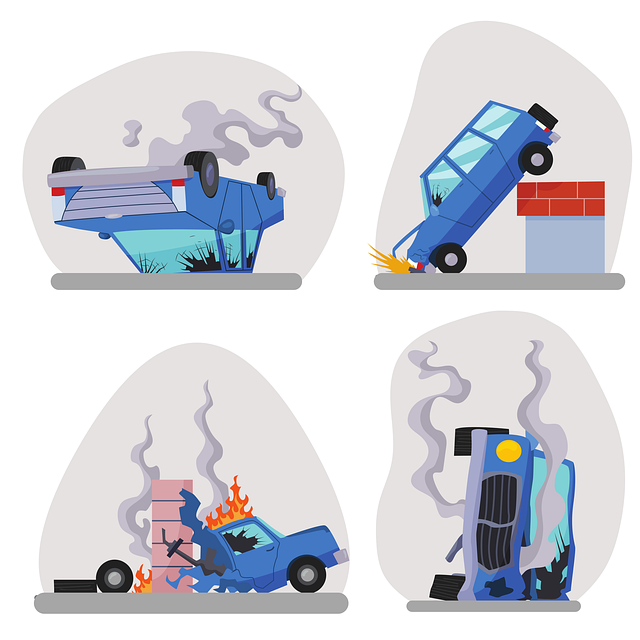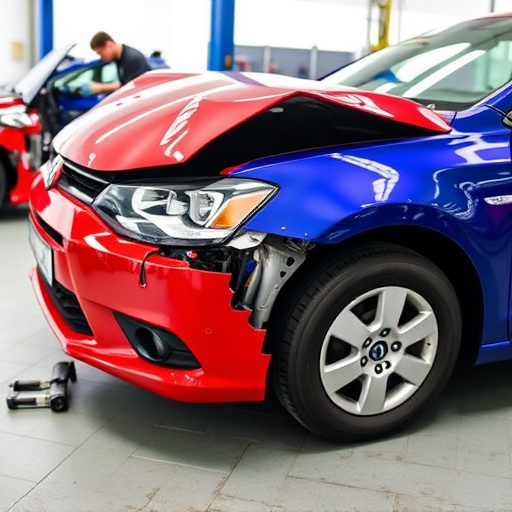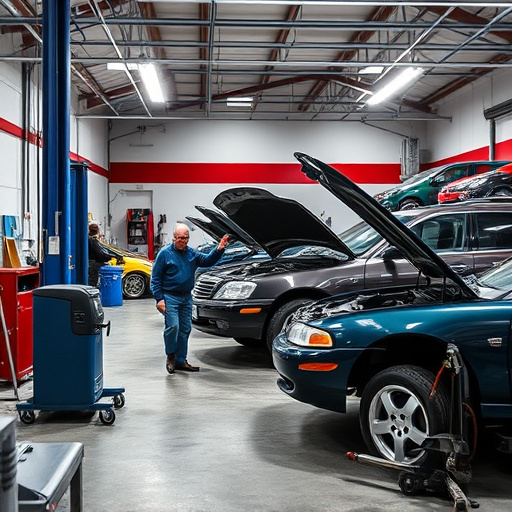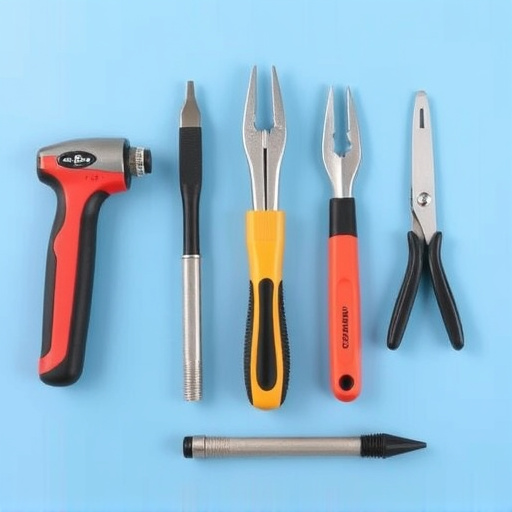Meticulous damage assessment and advanced diagnostics drive successful commercial vehicle repair. Skilled technicians use traditional expertise and modern tools for thorough inspections, identifying wear, past accidents, and issues. Strategic partnerships with parts suppliers ensure access to high-quality components, meeting safety standards and reducing turnaround times. Efficient inventory management systems minimize storage costs while ensuring immediate availability of essential parts. Innovations in diagnostics enhance maintenance and restoration processes, enabling tailored solutions for peak vehicle condition and enhanced road safety for commercial fleets.
As the fleet industry continues to evolve, efficient and effective commercial vehicle repair has become a critical component of operational success. This article delves into essential next steps for modernizing commercial vehicle repair processes. From assessing damage through initial inspections to implementing strategic parts acquisition and inventory management, we explore key strategies. Additionally, we highlight advanced diagnostics as a game-changer in enhancing repair efficiency, ensuring your fleet remains on the road, safer, and more productive.
- Assessing Damage: Initial Inspection for Commercial Vehicles
- Parts Acquisition and Inventory Management Strategies
- Advanced Diagnostics: Unlocking Repair Efficiency in Commercial Vehicle Repair Shops
Assessing Damage: Initial Inspection for Commercial Vehicles

When it comes to commercial vehicle repair, assessing damage is a meticulous process that forms the foundation for effective restoration. During the initial inspection, experienced technicians meticulously examine every inch of the vehicle, including the exterior and interior. They look for signs of wear and tear, accidents, or any other potential issues that may require specialized attention.
This crucial step involves not just visual evaluation but also utilizing advanced diagnostic tools to identify hidden damage. For instance, paintless dent repair techniques can be employed to restore panels without resorting to extensive painting, saving time and money. By combining keen observation with cutting-edge technology, a reliable car repair shop or auto repair services provider ensures that every repair is tailored to the specific needs of commercial vehicles, ultimately enhancing their safety and operational efficiency.
Parts Acquisition and Inventory Management Strategies

When it comes to parts acquisition for commercial vehicle repair, establishing strong relationships with reliable suppliers is key. This involves sourcing high-quality, industry-specific parts that meet stringent safety and durability standards. Many repair shops opt for direct partnerships with manufacturers or specialized distributors known for their expertise in commercial vehicles. This ensures a steady supply of the right parts, reducing turnaround times significantly.
Efficient inventory management is another critical aspect. Reputable repair facilities implement sophisticated systems to track part usage, expiration dates, and reorder points. This proactive approach minimizes excess stock and the associated storage costs while ensuring that essential replacement components, such as those needed for scratch repair, car body repair, or bumper repair, are readily available when required.
Advanced Diagnostics: Unlocking Repair Efficiency in Commercial Vehicle Repair Shops

In the realm of commercial vehicle repair, advanced diagnostics have emerged as a game-changer, revolutionizing the way workshops approach vehicle maintenance and restoration. By employing cutting-edge technology, repair shops can now pinpoint issues with precision, leading to more efficient and effective solutions. This shift towards digital innovation enables technicians to diagnose complex problems that were once time-consuming or challenging to identify. With specialized diagnostic tools, mechanics can detect even subtle malfunctions hidden beneath the surface, ensuring every aspect of the vehicle is thoroughly evaluated.
These advanced diagnostics not only expedite the repair process but also contribute to better overall performance and longevity of commercial vehicles. Through accurate identification of issues, technicians can provide tailored solutions, including expert auto body repair or meticulous scratch repair, depending on the damage. This level of expertise ensures that vehicles are restored to their optimal condition, enhancing safety and efficiency on the road.
As we’ve explored, the future of commercial vehicle repair lies in meticulous assessment, efficient inventory management, and advanced diagnostics. By implementing these strategies, repair shops can enhance their operational efficiency, reduce downtime for vehicles, and ultimately provide superior service to their clients. With a focus on continuous improvement and staying abreast of technological advancements, the industry is poised to meet the evolving needs of modern transportation while ensuring safer and more reliable commercial fleets.
